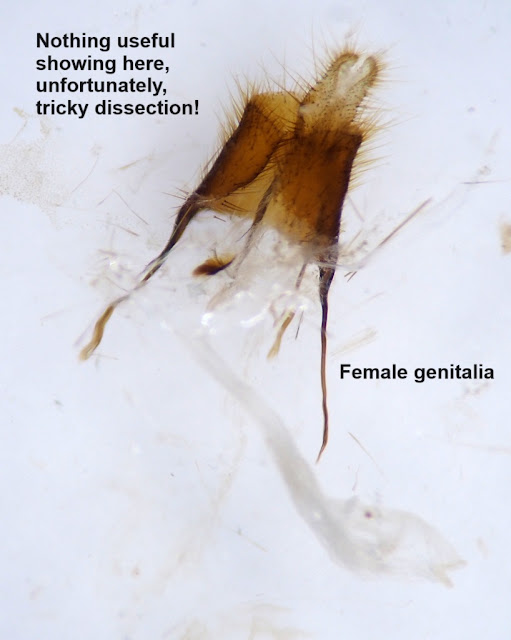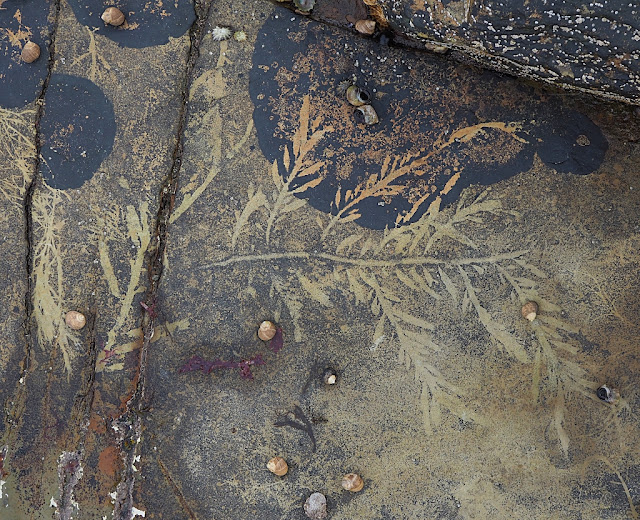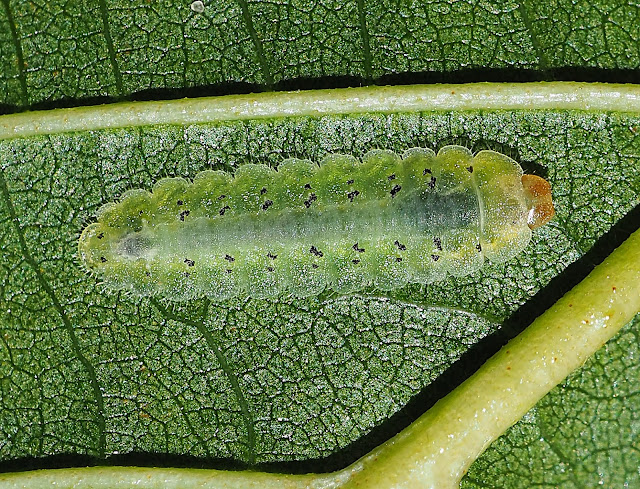We were staying in Grinton in Swaledale near relatives and a short walk from the Dales Bike Centre. My Specialized Rockhopper Comp didn't come with us but was in Kirkwall for a service, I thought I'd have a day out on an eMTB. I've been admiring the Trek Powerfly range in Inverness recently as we've passed through and DBC have some Powerfly 5s for hire. Orkney is relatively flat and the trails I cycle are not steep and only occasionally slightly technical. When we lived in North Yorkshire it was so steep around our house that I barely went out on my bike (the faithful Kona Lavadome I've owned since the 1990s), the Grinton area is similarly challenging with some steep, long climbs to get on the tops. One of the thoughts around the eMTB plan is to dispense with one of our cars and replace it with an ebike.
 |
| Selfie, on the tops. |
Briefly: going uphill is a revelation. I stayed in the lowest two settings all morning, used very little battery (a fifth), climbed everything I attempted and went miles and miles; the Trek is a heavy beast at 22.5ish kg; nipping from Grinton to Settle and back for the shop was a short breeze; it was a hell of a work out, 5.5hrs on the bike, and some really decent climbs which the motor takes the edge off; descending was body battering, especially the upper body and on steep descents the bike is almost uncontrollable due to the weight and the brakes locking (Canyon make a bike with ABS which would be handy).
On top.Conclusion: I'd like one, but if in North Yorkshire I'd go for full suspension (more control, less hammering of the old body). A hardtail eMTB would be ideal in Orkney and would comfortably replace a car, the extra weight being handy in the wind. Not many eMTBs have fittings for racks etc, Trek and Specialized do. The Bosch motor and easily removable battery are big pluses for the Trek, Rockshox fork for the Specialized.
Whilst
on the tops I found a pair of Ravens, I really can't remember when I
last saw Ravens in North Yorkshire, but they do wander at this time of
year. There were also Red Kite and Buzzard in one spot. However, the Red
Grouse situation was mad. Many, many flocks of 15 to 20 mostly
undersized birds, I saw hundreds during the morning. Most of the
moorland is just a giant Red Grouse farm, like the fields around our
house in Orkney for sheep and cattle but instead Ling kept short. I
don't remember it being like this before, twenty years ago. I came
across two shoots. I can't see the "sport" in this, the flocks come up
from under the wheels, some individuals you can almost pick up. Aside
from the aforementioned species there were lots of Meadow Pipits but
otherwise one Kestrel and one Golden Plover made up the whole list for
the morning on the tops. It all stinks of money and privilege. This in
the Yorkshire Dales National Park, a complete travesty, the moorland
should look nothing like this. And I do not have a "problem" with
shooting per se, I do have a problem with environmental devastation,
particularly in the light of the plight of most of our native species
and the climate crisis. (I could also have a rant about the Pheasant
industry and the impact of that but...) Most of the trails I rode have
been "improved" for shooting access, scars on the landscape from my
point of view.
In the afternoon, following meeting up for lunch at the DBC's rather good cafe, I toodled off to the other side of the dale and to the old lead mines. More shooting going on which I managed to avoid.
Here I did find some more natural trails and got muddy on some very claggy bridleways. Also, nearly came off on a very, very steep piece of downhill road with loose surface. So Trek Powerfly 5 = 8/10, Yorkshire Dales National Park (Government) management of this fabulous place = 3/10.
































































